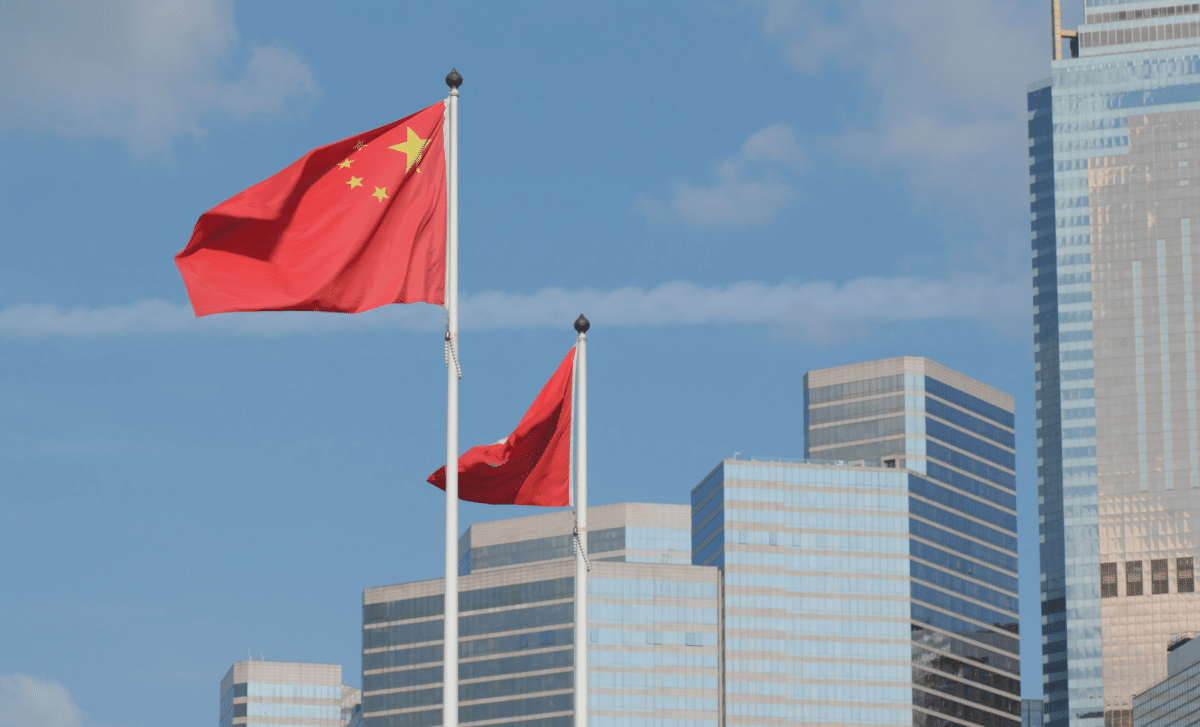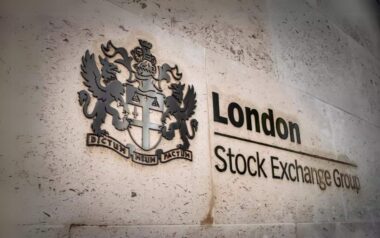In a surprising move, Pan Gongsheng, the Governor of the People’s Bank of China, announced that the country is planning to reduce the reserve requirement bank ratio in early February to inject additional funds into the economy.
China to Cut Bank Reserve Ratio to Raise Market Growth
On February 5th, a 0.5 percentage point reduction in the reserve requirement ratio (RRR) is expected to release 1 trillion yuan (approximately $139 billion) into the market, as emphasized by Gongsheng during his media statement on Wednesday.
The central bank governor’s premature announcement of RRR cuts in a press conference was an unexpected deviation from the usual practice. Typically, hints of such moves are provided ahead of time, followed by an official declaration from the People’s Bank of China (PBOC) via its website after approval by the State Council of China’s cabinet. However, this announcement coincides with growing disappointment in the government’s response to economic concerns. Sentiment remains bleak, with Chinese and Hong Kong stocks witnessing a combined loss of over $6 trillion in market value since the surge in 2021.
Shen Meng, managing director at Beijing-based Chanson & Co., remarked, “Announcing an RRR cut in advance suggests there’s no other effective tools available to stem the market rout.”
However, the market reaction remained mixed, with analysts anticipating that the move would have a relatively mild impact on liquidity, considering the upcoming Chinese New Year holiday.
Following the bank governor’s speech, the Hang Seng China Enterprises Index witnessed its gains extend to 4.7% on Wednesday.
China’s 10-year yield on government bonds experienced a one basis point decrease, settling at 2.49%, while the yuan showed minimal fluctuations in both overseas and offshore trading.
Reducing the RRR helps increase liquidity, enabling banks to extend loans to customers and invest in more bonds to stimulate economic growth. The Central Bank had previously lowered the RRR twice last year, with the most recent cut occurring in September.
“An RRR cut helps sentiment in the sense that the action seems more decisive,” said Kevin Net, head of Asian equities at Tocqueville Finance SA. “But some investors may use this as an exit opportunity if there is such a short-term market rebound — unless there are more policies to address structural issues that those with the property market.”
China’s Bank Governor Announces Further Measures to Boost Market Growth
Pan emphasized the central bank’s commitment to creating more space to support the economy, relying on monetary policy as the Federal Reserve shifts away from interest rate hikes. The Federal Reserve’s recent policy shifts have shown signs of pivoting, and the divergence in policies between the world’s leading economies is expected to narrow in 2024, as stated by the bank governor.
“This will expand space for China’s monetary policy operations,” Pan told reporters, adding that the central bank continues to monitor the Fed.
Pan further reported that the nation’s financial crisis is under control, and the central bank will enhance anti-cyclical measures. He also affirmed the People’s Bank of China’s commitment to maintaining the yuan at an appropriate equilibrium level and ensuring a balanced credit environment. Additionally, he emphasized that the currency’s exchange rate will continue to be determined by market forces.
Concerns about yuan uncertainty and volatility, particularly regarding the timing of potential rate cuts by the Federal Reserve, have constrained the options available to strategists for supporting the economy. Moreover, creditors are currently facing historically low net interest margins, requiring additional time to manage their funding costs before fully addressing the effects of lower lending rates.









